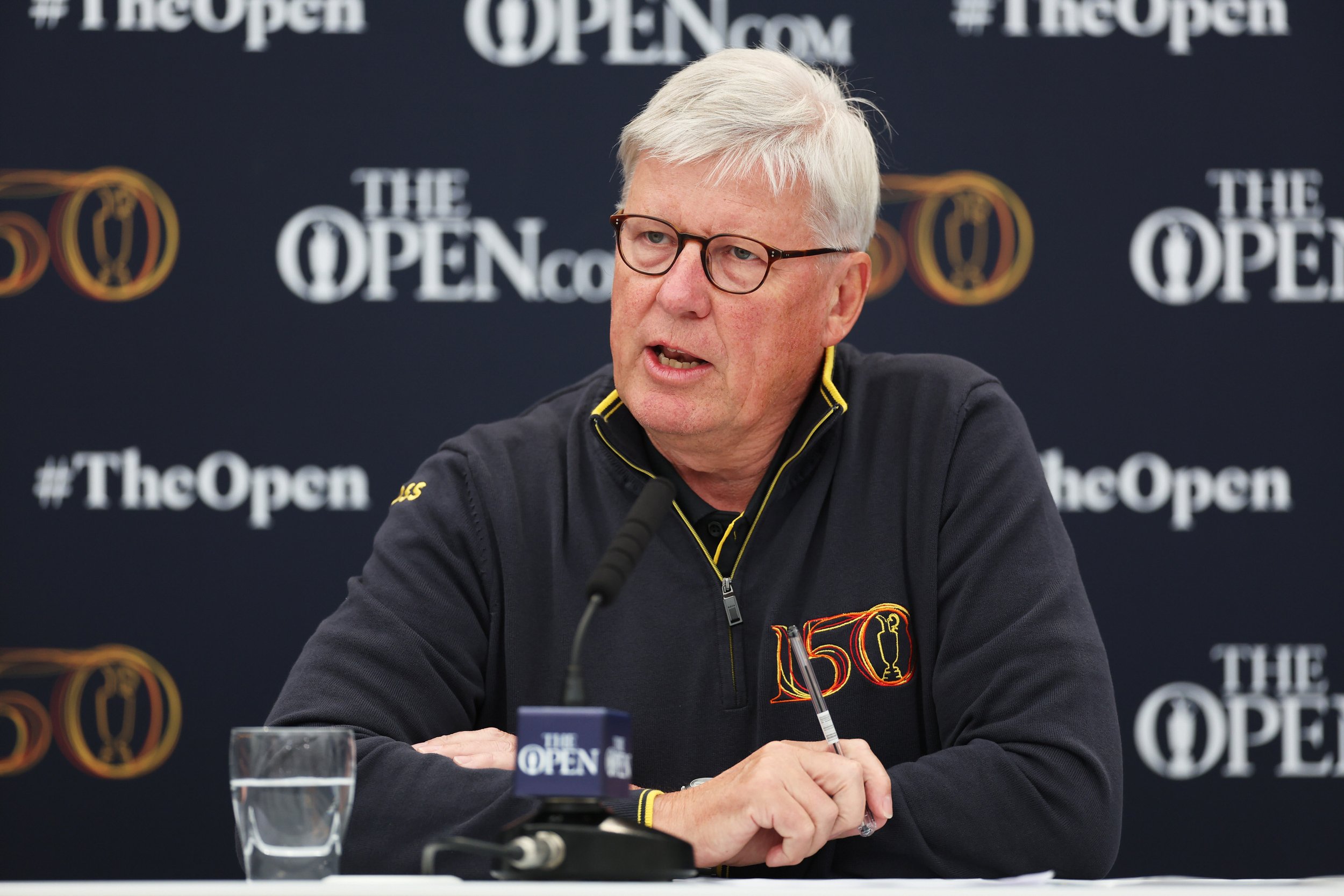Portmarnock in full championship condition
Portmarnock is waiting for its chance to host the Irish Open championship for the 20th time and considering the enhancements made to the course over the past 18 months, you get the distinct impression that the late Seve Ballesteros would approve.
Regarded by many as Ireland’s premier championship venue, the club now has more arguments than ever to back up its claim following what it describes as “many subtle and some significant changes” to its classic links.
The most obvious change is the redesign of the controversial first hole under the direction of Martin Hawtree. Not only has the mounding on the right hand side been eliminated completely but the green has been shifted some 40 yards closer to the estuary, making it a far more forbidding opening gambit that its predecessor.
The trees behind the old green have also been removed and a bail out area created to the left in the shape of a 20-yard wide surround that would have brought out the best in Seve’s incredible short game.
The great Spaniard won the last of his three Irish Open titles at Portmarnock in 1986 and were he to return today, he would find even more scope to show off his remarkable skills around the greens.
 Professional Noel Fox, a former Walker Cup player, drives off at the sixth.“We’ve increased the size of the surrounds so we can create natural run offs,” explains Aberdeen born Gary Johnstone, the links manager. “This gives players the option of using a variety of different clubs from the putter to seven irons for chip and runs or the sand wedge. Giving the players options creates doubt.”
Professional Noel Fox, a former Walker Cup player, drives off at the sixth.“We’ve increased the size of the surrounds so we can create natural run offs,” explains Aberdeen born Gary Johnstone, the links manager. “This gives players the option of using a variety of different clubs from the putter to seven irons for chip and runs or the sand wedge. Giving the players options creates doubt.”
Johnstone and his crew have created new run off areas at the second, third, fourth, eighth, ninth and 14th and enhanced the view and playability of the par-five sixth by cutting away a mound in front of the tee and raising the once low-lying, landing area.
Three new championship tees have also been built, adding around 30 yards each to the par-three 12th and 15th holes and whopping 40 yards to the 18th, which now measures a forbidding 452 yards thanks to the removal of several trees near the old championship tee.
The addition of 100 yards to the course means that it measures is a muscular 7,466 yards from the back stakes, which should be more than enough to test the best amateurs in Europe in Augusta next year when the club hosts the Jacques Leglise and the St Andrews Trophy matches between the cream of Great Britain and Ireland and the Continent of Europe.
The addition of length was required because of advances in technology - a sad indictment of the game’s governing bodies given that it was more than a match for the tour professionals when the Irish Open was last played at the course in 2003.

Johnstone and his staff have also eliminated much of the rye grass that created Myanmar-style like conditions in the rough, allowing the fescues to thrive through an aggressive over-seeding programme.
“The fescue percentage on our fairways has increased to around 75 percent, while on the greens were aiming for 90 percent,” explained club captain David Fleury. “In doing this we are ensuring quality year round golfing surfaces.”

Those ambitions include the Irish Open, which was last played at Portmarnock in 2003, when New Zealander Michael Campbell triumphed in a play-off.
Given the controversy over its all male membership, its return will depend on whether or not public money, provided through Failte Ireland, is used to boost the prize fund.
Whatever the future holds for Portmarnock in terms of professional golf and political stances, the club is determined not to stand still when it comes to purely golfing matters.






